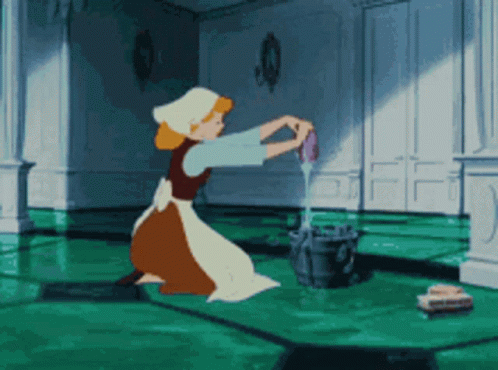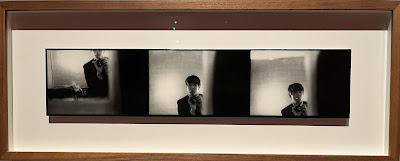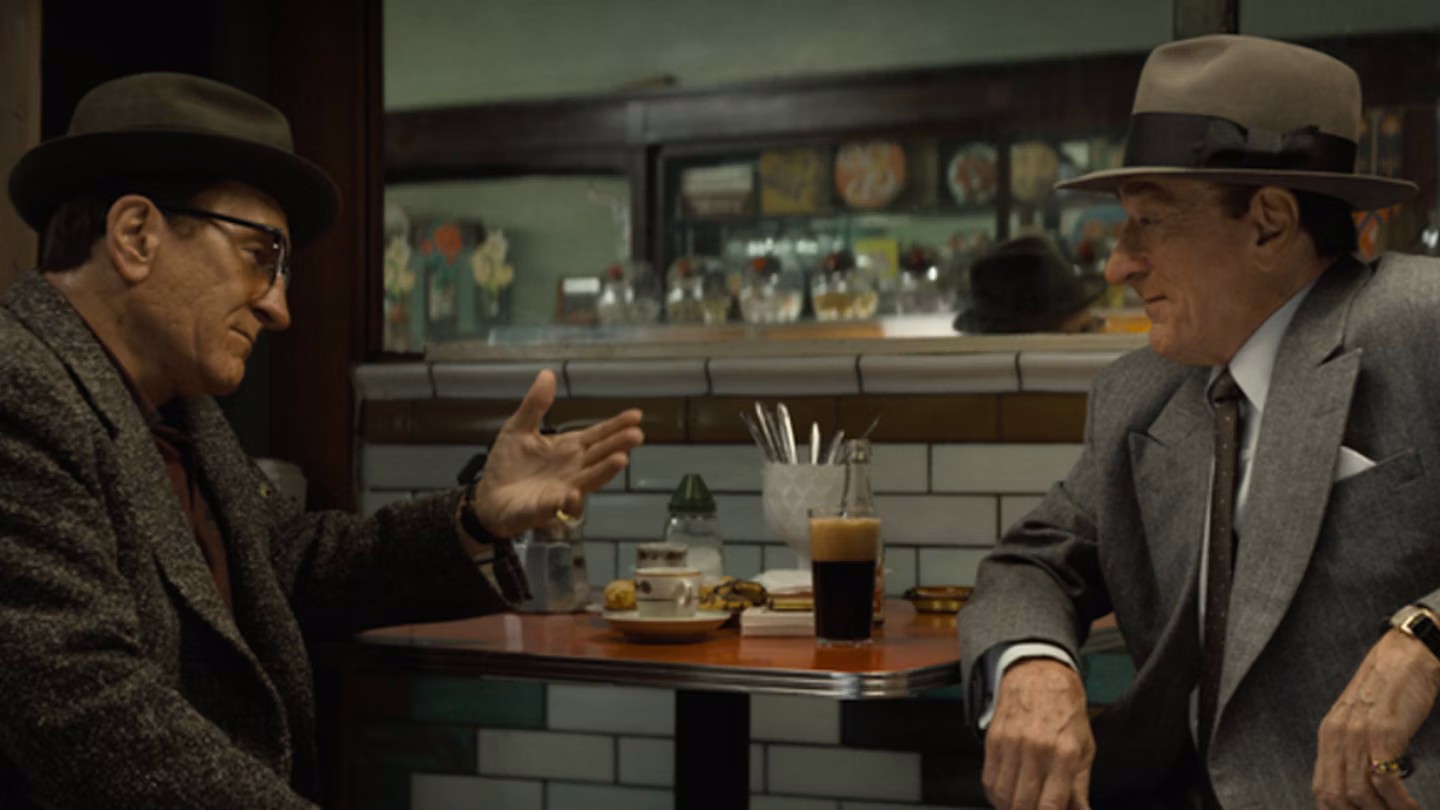Walk: Hood and Chiropractic
Distance: 3.5 miles, 6 miles
So it seems, the internationally renowned Sacramento artist and teacher, Wayne Thiebaud (1920-2021), had two primary loves and muses. His wife, Betty Jean Thiebaud,
 |
Wayne Thiebaud, Betty Jean Thiebaud and Book, 1965-69, o/c
|
whom he always painted with heartshaped necklines and ART. The whole sweep of it from the cave paintings to the present.
Days when nothing was pressing with his own art Thiebaud spent copying work by other artists he admired. This is how he learned his techniquies and expanded his craft throughout his entire painting life. And, Ciwt imagines, how he communed with with artists and art energy through the ages.
There were many - Matisse, Rembrandt, Degas, Seurat,
 |
| Wayne Thiebaud, 'A Sunday on the La Grande Jatte,' (after Georges Seurat), 2000, oil on board |
his own contemporaries - all his teachers. For, as he was famously quoted, Art is not delivered like the morning paper. It has to be stolen from Mount Olympus. And that for him was a serious, arduous, and careerlong endeavor.
Thiebaud's subject matter was often the lighter things in life: cakes, pies, breakfast fare, clowns.
 |
| Wayne Thiebaud, Buffet, 1972-75, o/c, @42" x 60" |
The works are delightful and Thiebaud found all the things in them delightful to his core. He loved and respected the the daily objects and people of his (western American) life. So much so that he gave each lemon slice or olive, fish, pineapple an individual presence and personality. And this embedded liveliness is what really communicates.
In most cases, the paintings are also based on existing art works Thiebaud consciously learned from. Thiebaud proudly called himself, an 'art thief,' and was likely very pleased when he was able to 'steal' the techniques and qualities he saw in other artists. Right now our Legion of Honor Museum is presenting an exhibition, Wayne Thiebaud, Art Comes from Art*, dedicated to illustrationg just what an accomplished art criminal Thiebaud was.
 |
| Wayne Thiebaud, 35 Cent Masterworks, 1970-72, o/c, 36" x 48" |
Some of Thiebaud's thievery is quite obvious:
 |
| Wayne Thiebaud, Woman in Tub, 1965, o/c, 35 3/4" x 60" |
 |
| Jacques-Louis David, Death of Marat, 1873, o/c |
 |
| Pierre Bonnard, Nude in a Bath, 1936, o/c |
 |
| Wayne Thiebaud, 'Study of a Waitress for the Bar at the Folies-Bergere after Edouard Manet,' no date, oil on masonite |
 |
| Wayne Thiebaud, Girl with Pink Hat, 1973, o/c |
Others are more esoteric. But all are executed with great respect and love of expanding Thiebaud's deep understanding and intimacy with his beloved art world. And, when he wasn't stealing art, he dedicated himself to passing it on to his many art students over the years at U.C. Davis.
If you are in San Francisco and go to the Legion of Honor's show, you will learn much about Thiebaud's art yourself - as well as be uplifted by some wonderful works and probably come out happy from your educational experience.
* San Francisco Legion of Honor Museum, Wayne Thiebaud: Art Comes From Art, March 22 - August 17, 2035.





















